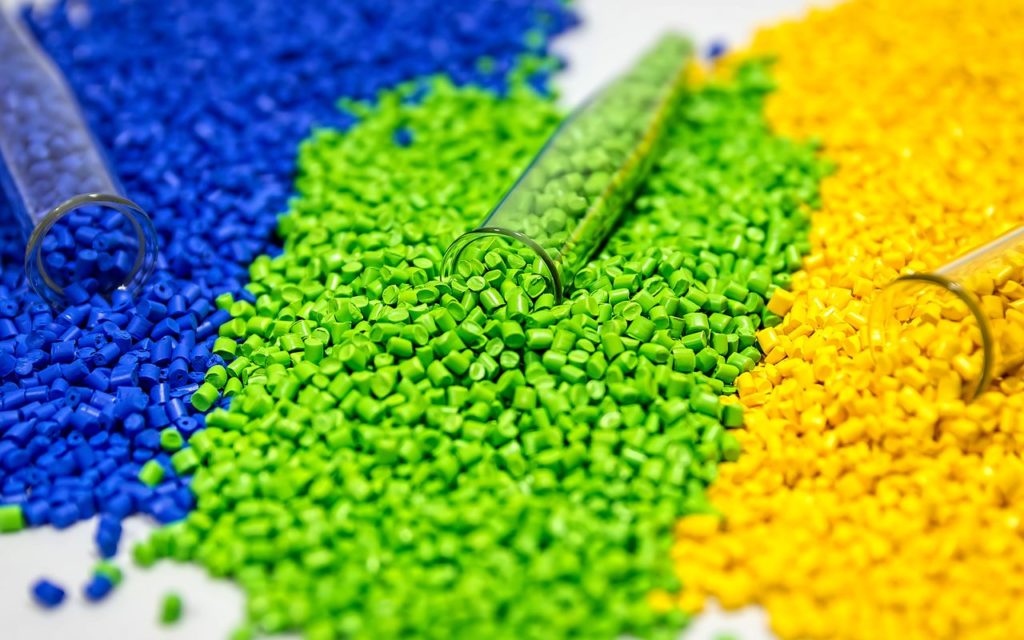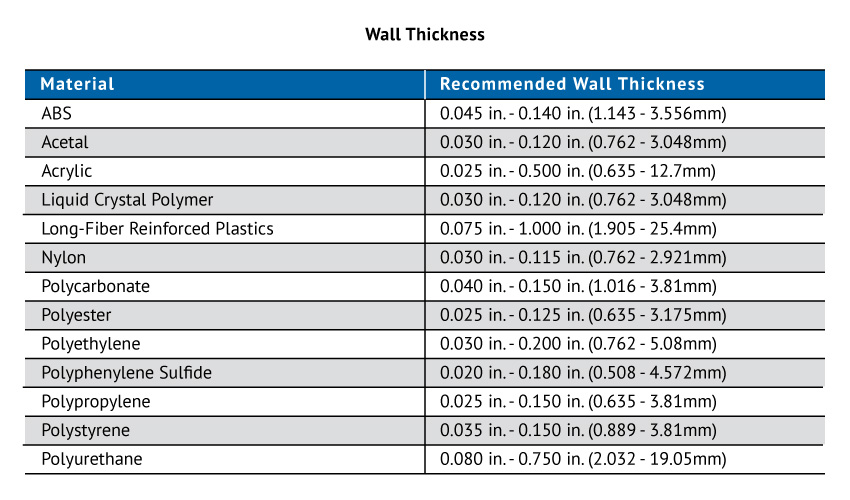In injection molding, material selection is one of the most critical factors influencing product performance, cost, and manufacturability. Each polymer offers unique mechanical, thermal, and chemical properties, making it suitable for specific applications. A well-informed choice ensures durability, precision, and cost-efficiency throughout the product lifecycle.
Why Material Selection Matters in Injection Molding
- Performance – Determines tensile strength, impact resistance, and dimensional stability.
- Processing Efficiency – Influences cycle times, moldability, and defect rates.
- Cost Control – Raw material pricing and secondary finishing requirements impact overall cost.
- End-Use Application – Materials must meet regulatory and functional requirements (e.g., FDA, UL, automotive standards).

Common Materials in Injection Molding
| Material | Key Properties | Applications | Pros | Cons |
|---|---|---|---|---|
| ABS (Acrylonitrile Butadiene Styrene) | Strong, rigid, good surface finish, moderate heat resistance | Consumer electronics, automotive interior, enclosures | Easy to mold, good dimensional stability, affordable | Poor UV/weather resistance, moderate chemical resistance |
| PC (Polycarbonate) | High impact strength, transparency, heat resistance | Optical lenses, safety helmets, automotive lighting | Excellent toughness, flame retardant grades available | Prone to scratching, high processing temperature |
| Nylon (PA 6, PA 66) | High strength, wear resistance, good chemical resistance | Gears, bearings, automotive under-the-hood parts | Self-lubricating, durable, lightweight | Moisture absorption affects dimensional stability |
| PP (Polypropylene) | Flexible, fatigue resistance, chemical resistance | Packaging, medical devices, automotive bumpers | Lightweight, cost-effective, recyclable | Low-temperature brittleness, lower strength |
| POM (Acetal/Delrin) | High stiffness, excellent wear resistance | Precision gears, automotive fuel systems | Low friction, good dimensional stability | Poor UV resistance, expensive |
| PEEK (Polyether Ether Ketone) | Exceptional mechanical and thermal stability | Aerospace, medical implants, high-performance electronics | Withstands up to 250°C, biocompatible | Very expensive, difficult to process |
Factors to Consider When Selecting Injection Molding Materials
- Mechanical Requirements – Strength, toughness, stiffness, or flexibility.
- Environmental Conditions – Exposure to heat, moisture, UV, or chemicals.
- Aesthetic Needs – Colorability, transparency, or surface finish.
- Regulatory Compliance – FDA, ISO 10993, RoHS, REACH requirements.
- Cost vs. Performance Trade-offs – Balancing high-performance polymers with budget constraints.

Trends in Material Selection
- Sustainable Materials – Bio-based polymers and recyclable plastics are gaining traction.
- High-Performance Polymers – For aerospace, EV, and medical applications requiring precision under harsh conditions.
- Material Blends & Additives – Tailoring polymers with fillers (glass, carbon fiber) for enhanced strength and stiffness.
Conclusion
The right injection molding material can mean the difference between a product that thrives in the market and one that fails prematurely. By evaluating application requirements, performance needs, and cost considerations, engineers can select materials like ABS, PC, Nylon, and beyond to achieve optimal results.
👉 At Ze-tech Mold, we help clients choose the best materials for their specific applications—ensuring durability, compliance, and cost efficiency from prototype to mass production.
